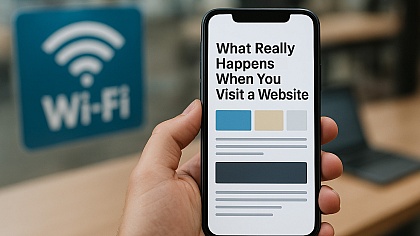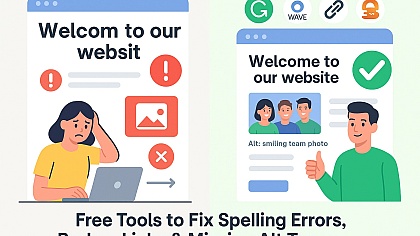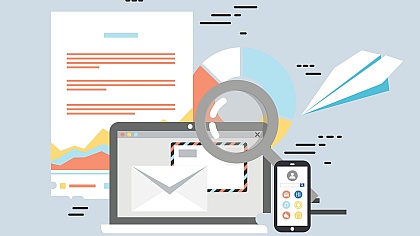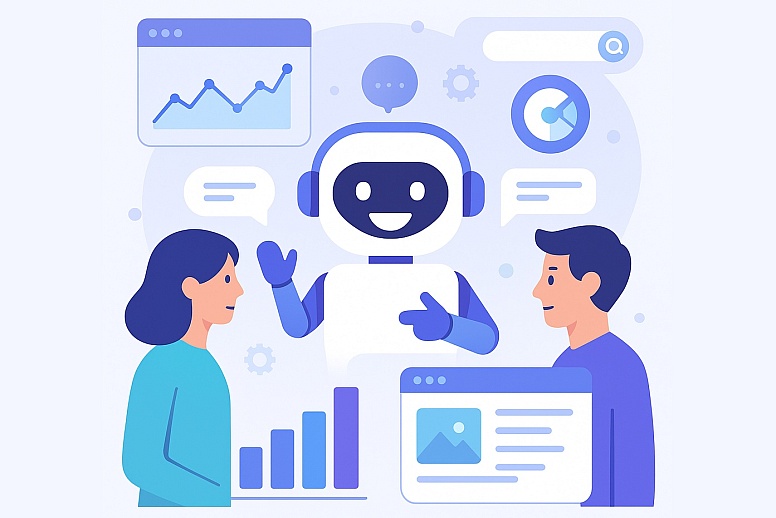
5 AI Tools That Instantly Improve Your Sites User Experience
User experience (UX) is no longer optional. It’s the silent force that shapes a visitor’s first impression of your website, determines how long they stay, and guides their decisions. A confusing layout, slow load time, or irrelevant content can push people away in seconds.
But here’s the good news—AI can fix that. Today’s best websites are not just fast and pretty. They’re smart. They adapt to users, answer questions, learn from behavior, and even predict needs. AI is at the heart of this transformation, helping businesses turn average websites into intuitive, user-friendly platforms. Let’s look at five powerful AI tools that can instantly level up your site’s UX.
Chatbots for Instant Customer Support
People expect quick answers. If they don’t get them, they leave. AI-powered chatbots are the solution. They provide real-time support, even outside business hours. No delays. No “please hold.” Tools like Drift and Intercom lead the way. Drift lets you create personalized chat flows that guide users to what they’re looking for. Intercom not only chats—it learns. It remembers past interactions and adapts responses to match user intent. With a well-integrated chatbot, visitors get help exactly when they need it. That kind of instant support builds trust, reduces bounce rates, and increases conversions.
Personalised Content Recommendations
Visitors don’t want to dig through your site. They want content that feels made for them. That’s where AI steps in. It studies user behavior—what they click, how long they stay, what they ignore—and uses that data to recommend tailored content. This works well on giants like Amazon or Netflix, where algorithms serve up product and movie suggestions based on browsing habits. But smaller websites can benefit too.
Whether it’s a blog, an online store, or a service site, AI can help show the right message to the right person. It could be showing a related blog post, a product they’re likely to buy, or even a helpful guide like how to respond to RSVP if they are viewing an article about event invitations. It’s the kind of small but meaningful touch that keeps users engaged.
AI-Powered A/B Testing Tools
Guesswork doesn’t work anymore. You need data. But testing every color, button, and layout manually takes time. AI makes A/B testing faster and smarter. With tools like Optimizely and VWO, AI monitors how users respond to different versions of a page. It doesn’t just track clicks—it identifies patterns, learns from outcomes, and adjusts tests on the fly.
You can:
- Test multiple versions at once (multivariate testing)
- Get real-time insights
- Let the AI automatically push the winning variation
This means you no longer have to wait weeks to know what works. AI makes sure your site is always evolving based on real user behavior, not assumptions.
Predictive Search Functionality
A good search bar saves time. A smart one keeps users coming back. Predictive search uses AI to show results before a user even finishes typing. Google’s autocomplete is the perfect example. You type “best shoes f…” and it suggests “best shoes for running,” “best shoes for flat feet,” and more—based on trends, location, and past searches. On your own site, tools like Algolia bring that same intelligence to your product catalog or blog archive.
Benefits of predictive search:
- Fewer errors and faster results
- Improved user satisfaction
- Higher conversion from search-driven traffic
This isn’t a fancy feature anymore. For most users, it’s expected.
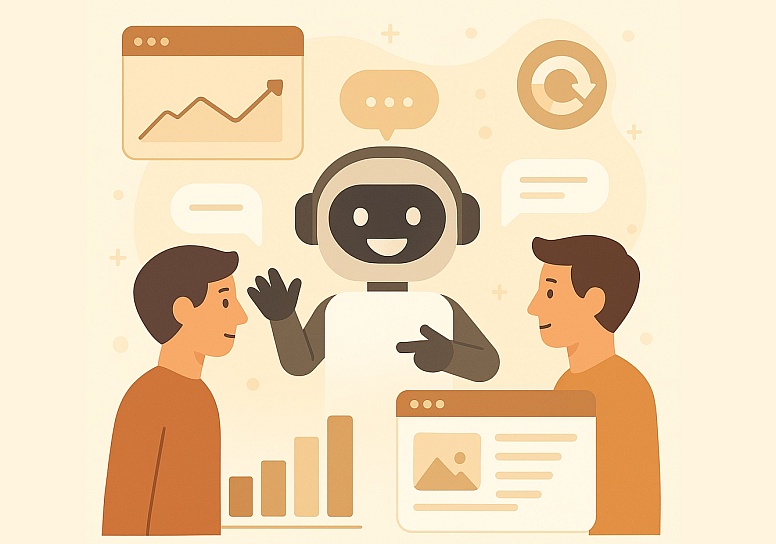
AI-Based User Behaviour Analytics
Your site is constantly talking to you. Every scroll, click, and hover is feedback. AI behavior analytics tools help you listen. Platforms like Hotjar and Crazy Egg go beyond traditional analytics. They show heatmaps, scroll tracking, and session recordings. But the real magic is what AI does with that data.
It identifies patterns you might miss, such as:
- Where users consistently drop off
- Which areas of your page are ignored
- What content draws the most attention
From there, you can redesign pages, reword headlines, or adjust call-to-actions to match actual behavior. The result? A site that feels intuitive because it’s built around what users actually do, not what you assume they want.
UX is no longer just about design. It’s about intelligence. AI tools give websites the ability to learn, adapt, and respond—just like a good salesperson or a helpful store clerk. From chatbots and smart searches to behavior analytics and A/B testing, these tools remove friction and guide users toward their goals. They don’t just make your site look better—they make it work better.
Start small. Pick one area to improve—maybe a smarter search bar or a chatbot for after-hours support. As you go, let the data guide you. With the right AI tools, improving UX isn’t a massive project. It’s a series of small upgrades that make a big difference. And in a world where attention spans are short and competition is high, every click counts.



